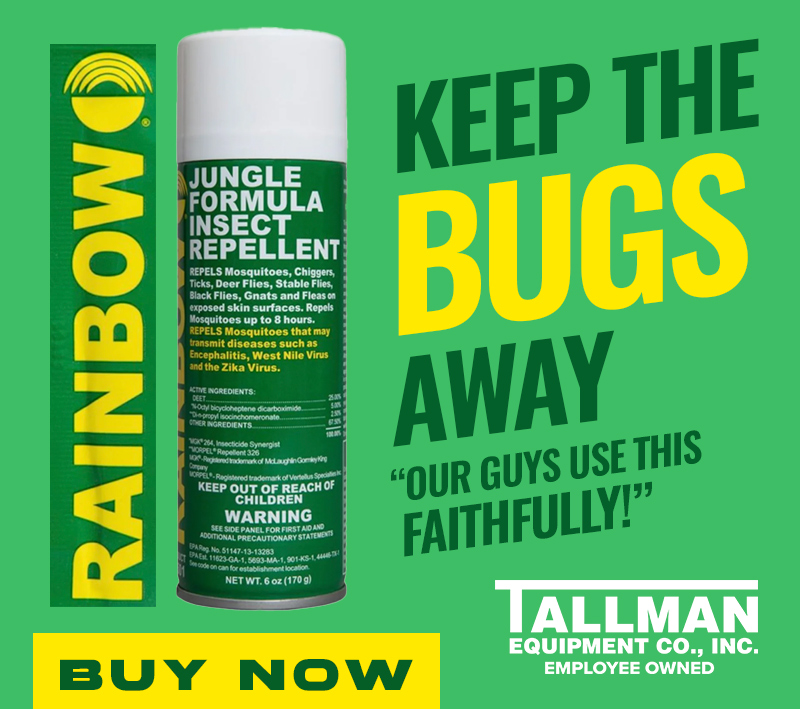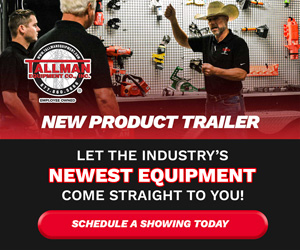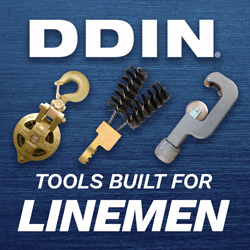It is a given that linework, whether transmission or distribution, is hazardous work. Safety is of the utmost priority in an industry where lethal voltages are regularly involved. In 2018, 8.5% of all construction-related fatalities were electrocution-related.
Although the linemen working at heights draw most of the attention, the safety of those on the ground cannot be forgotten. To ensure their safety, an equipotential grounding system is typically the most effective method. A basic understanding of equipotential grounding is vital for any contractor or utility engaging with these high-voltage systems.
UNDERSTANDING THE DANGER
Appreciating the risk begins with knowing what electricity “wants.” Without getting too technical, electrical charges want to be equal. That means, when there’s a discrepancy in potential between two objects that touch each other, current will flow through them as the electricity seeks to equalize. If a person accidentally comes in contact with power lines, the electricity could travel through him or her unless he or she is grounded.
Grounding means giving the current a way to return to the ground safely in the event of a fault. Because the voltage of the ground is effectively zero, there will always be a difference in potential and the current will flow into the earth as long as it has a pathway to take it there.
WHAT IS EQUIPOTENTIAL GROUNDING?
When it comes to equipotential grounding zones, or EPZ grounding, the definition is relatively simple. An equipotential zone is an area in which the electrical potential between any two points on a worker’s body is effectively identical. This means he or she is protected from shocks caused by faults or lighting strikes because the work area is grounded. This directs any current along the ground instead of through workers’ bodies.
HOW IS AN EQUIPOTENTIAL ZONE CREATED?
The earliest methods of grounding work sites were little more than improvisations. In many cases, a small chain was attached to conductors that extended to the earth. However, in 1994, OSHA began enforcing rules about protecting workers from sudden re-energization caused by faults. This meant crews had to become more cognizant about how they were facilitating a safe working environment. For linemen working on poles, this means connecting clamps to the lines with safety wires leading to a grounding bar. At ground level, however, there is more real estate to cover.
Many contractors turn to jury-rigged solutions such as laying chain-link fencing or hog-panel wire in order to create a ground for a wide area. However, these options don’t offer as much protection as crews may believe. That’s because these commonly found materials often aren’t manufactured to safely conduct fault current. There could still be a chance that anyone standing on the ground could become electrocuted.
Another disadvantage of these improvised methods is that they usually aren’t sturdy enough to stand up to constant foot and equipment traffic. This leads to breaks and shifting that reduce their effectiveness even further. That’s not to mention that it can create a tripping hazard for employees.
FINDING A BETTER SOLUTION
Creating an equipotential zone for electrical installation is a critical step crews can take for safety. Rather than trusting in methods that have a less-than-stellar success rate, site managers are recognizing the value of equipotential ground mats. Mats can be portable and lightweight, allowing for easy setup and use. When properly applied, grounding mat systems comply with OSHA 1910.269.
TRUST TALLMAN
Tallman carries several options for equipotential grounding systems. With easy maintenance (just rinse with water) and storability, these mats are a must have safety solution for eliminating potential hazards. Contact Tallman’s tool experts with any questions you may have and to find the best solution for your personal electrical protection needs.







0 Comments